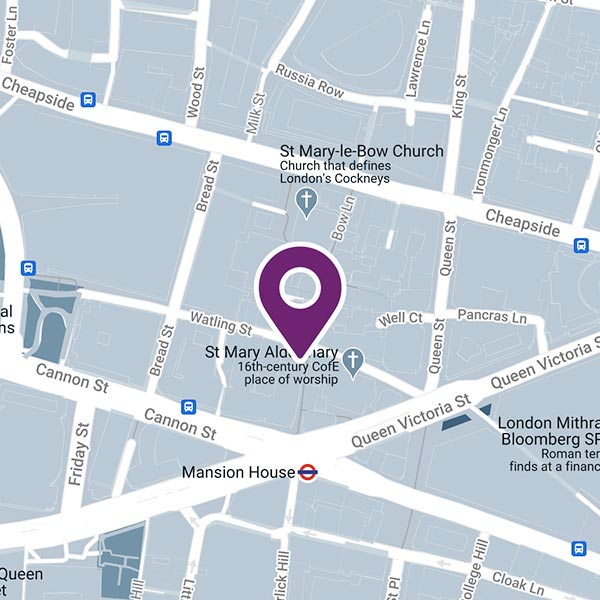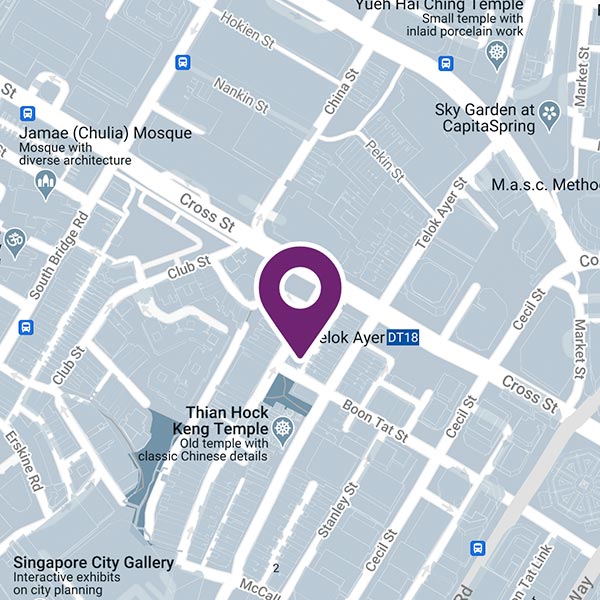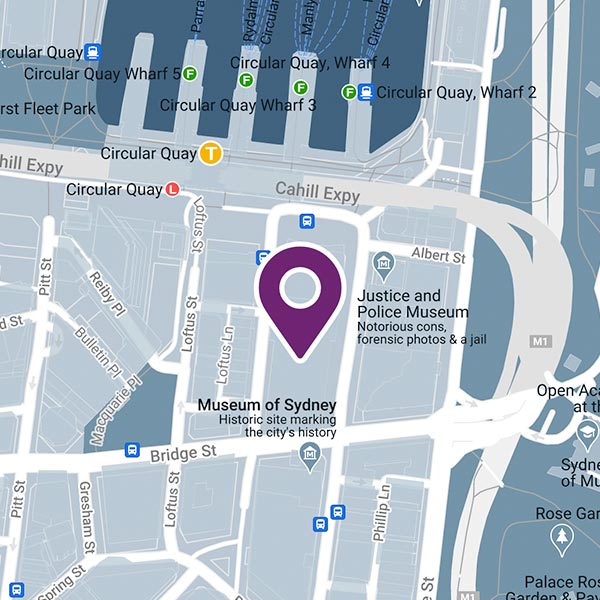In 2025, companies with diverse leadership are 39% more likely to outperform their peers. Yet, many organisations still struggle with implementing inclusive hiring practices that make a tangible difference. As diversity, equity, and inclusion (DEI) continue to evolve from corporate buzzwords to strategic business imperatives, the insurance industry finds itself at a pivotal crossroads.
This thought leadership piece delves into practical ways to make interview practices more inclusive. It offers actionable strategies designed for senior leaders and hiring managers, helping them attract top talent while nurturing a culture of inclusivity.
The Current Landscape of Inclusive Hiring in 2025
The talent landscape in 2025 is shaped by shifting societal expectations, technological advancements, and evolving work environments. Hybrid and remote work models have become standard, presenting both opportunities and challenges for inclusive hiring.
1. The Remote Interview Challenge
While remote interviews offer flexibility, they can inadvertently disadvantage candidates lacking access to reliable technology or quiet workspaces. A study by the University of Oxford found that 70% of job seekers prefer in-person interviews, while only 17% favour video interviews. This highlights the challenge many candidates face in building connections through virtual platforms.
2. The Rise of AI in Recruitment
AI-driven recruitment tools promise efficiency but come with the risk of algorithmic bias. A 2023 Harvard Business Review study found that AI algorithms trained on biased data sets perpetuated those biases, particularly affecting underrepresented groups. This makes it critical for hiring managers to audit AI tools regularly to ensure fairness.
3. Changing Candidate Expectations
Gen Z and Millennials now dominate the workforce, bringing with them a strong emphasis on workplace values. A 2025 Glassdoor report revealed that 76% of job seekers consider a company's DEI commitment a key factor in their job decisions. Candidates expect not just inclusive statements but demonstrable actions during the hiring process.
Top Barriers to Inclusive Interview Practices in 2025
Despite progress, several barriers to inclusivity persist, particularly at the executive hiring level:
- Unconscious Bias: Even seasoned hiring managers are susceptible to unconscious bias, influencing decisions based on factors unrelated to job performance.
- Inconsistent Interview Processes: The lack of standardised interview frameworks leads to subjective evaluations.
- Exclusion of Neurodiverse Candidates: Traditional interview formats can inadvertently disadvantage neurodiverse candidates, limiting diversity in leadership.
10 Proven Strategies for Inclusive Hiring in 2025
1. Design Bias-Resistant Interview Questions
Craft questions that minimise the potential for bias. Focus on behaviour-based and situational questions that assess skills and competencies rather than personal experiences influenced by socio-economic background. This ensures candidates are evaluated fairly.
2. Include Diverse Participants on the Interview and Selection Panel
Diverse interview panels mitigate individual biases and introduce varied perspectives. Including interviewers from different genders, ethnicities, and professional backgrounds ensures fairer assessments and demonstrates the organisation's commitment to DEI.
3. Educate Yourself on Disabilities
Understanding the diverse needs of candidates with disabilities is crucial. This includes recognising that many disabilities are invisible, such as mental health conditions, chronic illnesses, or neurodivergence, which may not be immediately apparent but can still impact a candidate's experience. Training hiring managers on disability etiquette, accommodations, and legal requirements ensures candidates are assessed based on their qualifications, not misconceptions.
4. Avoid Discriminatory Terminology
Language shapes perceptions. Review job descriptions and interview scripts to eliminate discriminatory language, replacing it with inclusive, neutral terminology that welcomes candidates from all backgrounds.
5. Standardise Your Interview Questions
Standardising questions ensures every candidate is evaluated against the same criteria, reducing personal biases. Structured interviews with consistent questions promote fairness and objective decision-making.
6. Balance Cultural Add with Cultural Fit
While cultural fit has traditionally been a hiring focus, it can unintentionally reinforce homogeneity. Balancing this with cultural add—seeking candidates who bring diverse experiences—fosters a dynamic, innovative workforce.
7. Practise Inclusive Communication
Effective communication goes beyond clear language. It involves active listening, avoiding assumptions, and being mindful of different communication styles, especially for neurodiverse candidates.
8. Build Flexibility and Humanity
Rigid interview processes can exclude candidates with caregiving responsibilities or disabilities. Incorporate flexibility, such as alternative formats and scheduling options, to enhance the candidate experience.
9. Leverage Data and Analytics
Data reveals patterns of bias and areas for improvement. Track metrics like candidate demographics, progression rates, and hiring outcomes to identify disparities and adjust strategies accordingly.
10. Audit AI Tools Regularly
With AI influencing recruitment decisions, regular audits are essential. Reviewing algorithms for biases and validating them against diverse data sets helps prevent discriminatory practices.
The Business Case for Inclusive Hiring in Insurance
Inclusive hiring isn’t just about ethics—it’s a business strategy. In the insurance industry, where risk assessment and decision-making are core functions, diversity enhances performance.
- Improved Decision-Making: Companies with diverse leadership are 33% more likely to outperform their peers.
- Higher Employee Engagement: Inclusive cultures result in 22% lower turnover and higher profitability.
- Greater Innovation: Diverse teams are more adaptable, fostering innovation and growth.
Practical Recommendations for Senior Leaders
- Embed Inclusivity in Recruitment: Conduct DEI training, review job descriptions, and implement blind recruitment techniques.
- Train Hiring Managers: Invest in bias awareness workshops and reflective practices.
- Lead by Example: Model inclusive behaviours and support DEI initiatives.
- Partner with Experts: Collaborate with Eliot Partnership for tailored, inclusive recruitment strategies.
Final Thoughts
Inclusive interview practices are not just about fairness; they’re about building resilient, innovative, and high-performing organisations. As the insurance industry faces unprecedented challenges and opportunities in 2025, those who prioritise diversity and inclusion will lead the way.
For more insights on leadership, talent acquisition, and inclusive hiring strategies, explore Eliot Partnership’s latest thought leadership articles.












